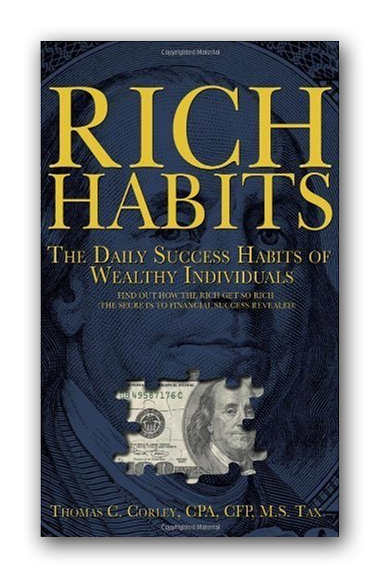Every habit begins with a trigger. The basal ganglia, our subconscious brain, is always looking for triggers in order to notify the pre-frontal cortex, our conscious brain, to stop what’s it’s doing and engage in a habit. Unless you’re aware of your habits and consciously override the command from the basal ganglia, you will unconsciously engage in the habit. Part of the job of the basal ganglia is to create habits in an effort to allow the brain to work less and, thus, consume less fuel. The basal ganglia is the brain’s fuel efficiency manager, using habits as its main energy savings device. There are 4 primary habit triggers you need to be aware of:
- Visual Triggers – Visual Triggers are like unavoidable neon-glowing highway billboard signs that remind you to engage in a habit. The McDonalds arches are an example of a powerful Visual Trigger. Once your eyes catch the visual trigger, the basal ganglia immediately sends a signal to the pre-frontal cortex. The next thing you know, you’re eating a hamburger with fries.
- Time of Day Triggers – We all have habits that we engage in during the morning, afternoon and evening. Waking up in the morning is a trigger that sets in motion all sorts of habits: drinking coffee, exercise, brushing your teeth, taking a shower, reading, meditating, going to the bathroom etc. Afternoon Triggers set off your afternoon habits: eating lunch, gossiping, reading, surfing the Internet, making personal phone calls, networking, meetings with other people etc. Nighttime is a trigger that prompts you to engage in nighttime habits: eating dinner, a glass of wine, watching T.V., reading, making personal phone calls, exercise, engaging in a hobby or extracurricular activity, gardening, going to a bar etc.
- Stress Triggers – Stress can force you back into old habits. Stress overwhelms the brain, consuming far too much fuel. To compensate, the basal ganglia changes it’s game plan, using stress as a trigger to get you to engage in an old habit in order to conserve fuel.
- Association Triggers – People who you associate with are habit triggers. One friend can be a trigger for hitting the bars, another for exercising, another for gambling, another for reading and another for cheating on your spouse. Who you associate with can be a habit trigger, setting in motion all sorts of good or bad habits.
The key to breaking any bad habits is awareness of the habit and awareness of the triggers that set them off. Being aware of the triggers to your habits is critical to understanding what is setting off your bad habits. Once you have identified the bad habits you’d like to change, the next step in the habit change process is to identify the triggers to those habits. Only by identifying the external triggers that set a habit in motion, will you be able to break bad habits.












Speak Your Mind